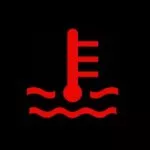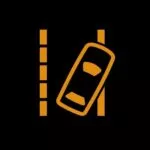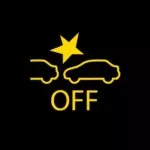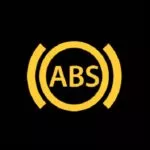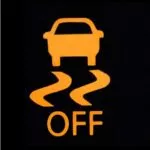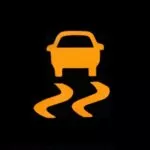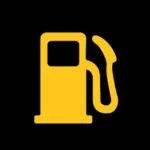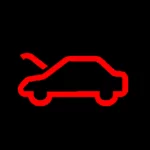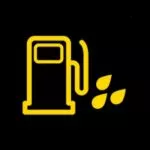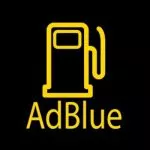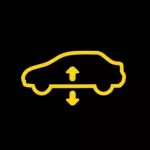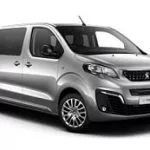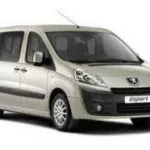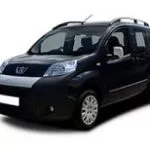Peugeot Rifter Warning Lights
The Most Common Peugeot Rifter Symbols
These are the most common dashboard symbols that you will see in your Peugeot Rifter. Click on one to see more information or scroll further down to see the link to the owner's manual where you can find even more symbols.
Can't see the warning light you are looking for? Check the official manual:
View Owner's Manual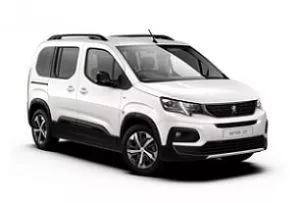
- Manufacturer: Peugeot
- Data Source: Owner's Manual
About the Rifter
Peugeot Rifter was the model name given to the third generation of passenger vans that were initially based on the Peugeot Partner panel van and earlier related passenger models. As an example of badge engineering, the Rifter was known by several other brands and model names across different markets, such as the Opel/Vauxhall Comp, and Toyota ProAce City.
Initially launched in 2018 at the Geneva Auto Show, the Peugeot Rifter is part of a partnership between Stellantis (then PSA Group) and Toyota. The passenger vans were initially powered by a 1.2-liter Puretech inline-3 turbo engine, or by either a 1.5-liter or 1.6-liter BlueHDi inline-4 diesel engine. However, Stellantis made the move in 2022 to remove the combustion engine models, leaving only the battery electric versions powered by 50-kWh lithium-ion batteries.
As a badge-engineered model, the Peugeot Rifter shared much of its mechanical DNA with its Citroen, Toyota, and Opel/Vauxhall counterparts, but there were some unique styling points on the Peugeot Rifter. For example, the front grille, headlights, alloy wheel and roof rail designs were quite different from similar versions such as the Citroen e-Berlingo and the Opel Combo.
The van-based design of the Rifter was popular with many buyers because they got the utility of the van design --- especially interior space --- but with more car-like performance and design features. The longer wheelbase version allowed up to 3 seating rows for 7 people in total.
The Rifter was praised for its ride quality, and in particular its damping abilities, creating a quiet and comfortable family ride. On top of that, it managed up to 54.1-mpg combined fuel efficiency, which helps explain its relative popularity in Europe where gasoline is so expensive.
Rear sliding doors make access to the rear seats easier than a regular car, and with the rear seats folded flat there are up to 141 cubic feet of cargo capacity. Other features include an 8-inch touchscreen, 6.7 cubic feet of internal storage, sporty compact steering wheel, and lots of leg and head room with a flat floor in the rear seating rows.






